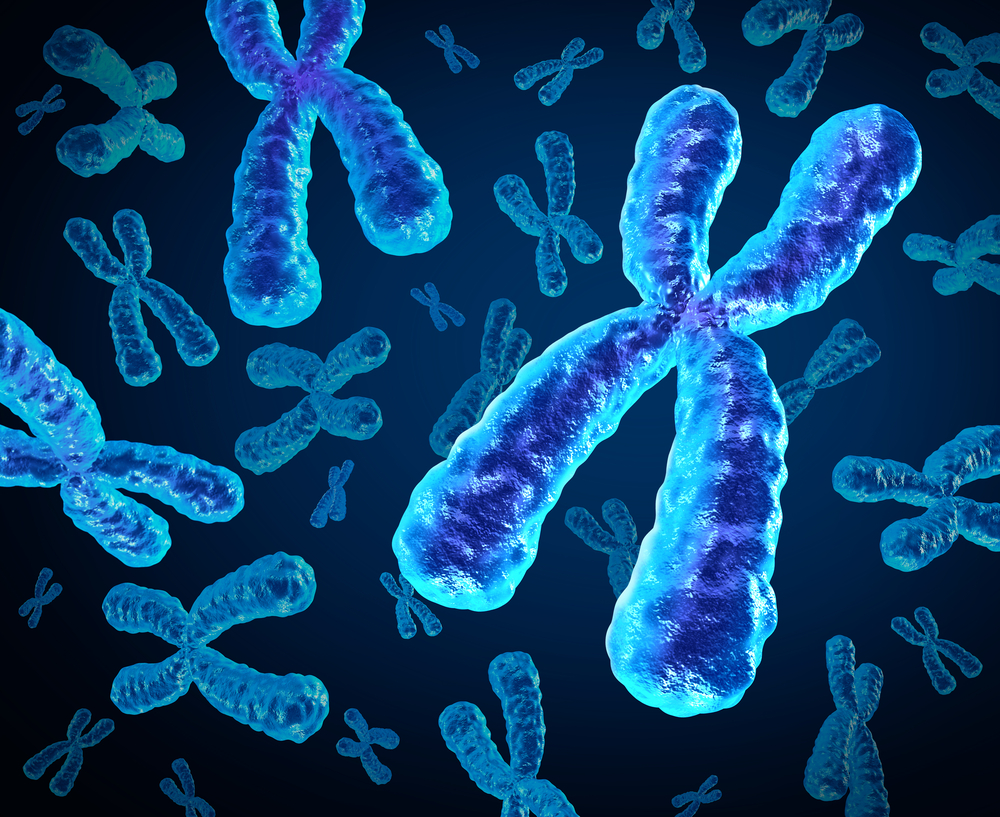Multiple Mutations in Alport Disease Complicate Patient Assessments

More complex inheritance patterns, with mutations in more than one gene, may be more common than previously thought and may explain the variability in symptoms seen among Alport disease patients.
The study, “Alport syndrome: impact of digenic inheritance in patients management,” published in the journal Clinical Genetics, suggested that these inheritance patterns should be considered to give adequate genetic counseling and to correctly assess prognosis in these patients.
With the use of next-generation sequencing approaches, it is now easier to detect mutations in the Alport disease-causing COL4 genes. Researchers at the University of Siena in Italy analyzed five families suspected of having Alport disease caused by two mutations — a condition researchers call digenic disease.
In three patients, the researchers found a combination of mutations in the COL4A3 and COL4A4 genes. The fourth patient carried mutations in the COL4A5 and a COL4A3 genes.
The research team then performed an analysis of the patients’ family members, identifying those carrying only one of the mutations and those who had both. The team reported that three of the identified mutations had not been previously reported.
A fifth patient, also suspected to have mutations in two genes, had a previously unknown mutation. But experiments using lab-grown cells showed that although the DNA change reduced the amount of protein produced, it did not cause Alport disease.
In two of the families with mutations in the COL4A3 and COL4A4 genes, both mutations were inherited on the same chromosome — that is, from only one of the parents. Such cases resemble ordinary autosomal dominant Alport syndrome caused by only one mutation, but patients with two mutations tend to have more severe symptoms. The two patients carrying these double mutations developed kidney failure at age 34 and 52.
A third patient had developed a new mutation in COL4A5, while also inheriting a change in the COL4A3 gene from his father. The 8-year-old girl had unusually severe symptoms, while both the father and a sister carrying the COL4A3 mutation did not have any symptoms.
In the fourth family, one each of the mutations in the COL4A3 and COL4A4 genes were inherited from each parent. Such cases are similar to the autosomal recessive inheritance type of Alport, with a 25 percent risk of having another affected child.
But researchers noted that the severity of the condition was somewhere between what can be expected in autosomal dominant and autosomal recessive forms.
“This study highlights the impact of digenic inheritance in [Alport syndrome] and explains the associated atypical presentations. More complex inheritance should be therefore considered when reviewing prognosis and recurrence risks,” the authors wrote. “On the other side, these findings emphasize the importance to accompany [next-generation sequencing] with splicing assays in order to avoid erroneous identification of at-risk members.”







Comments